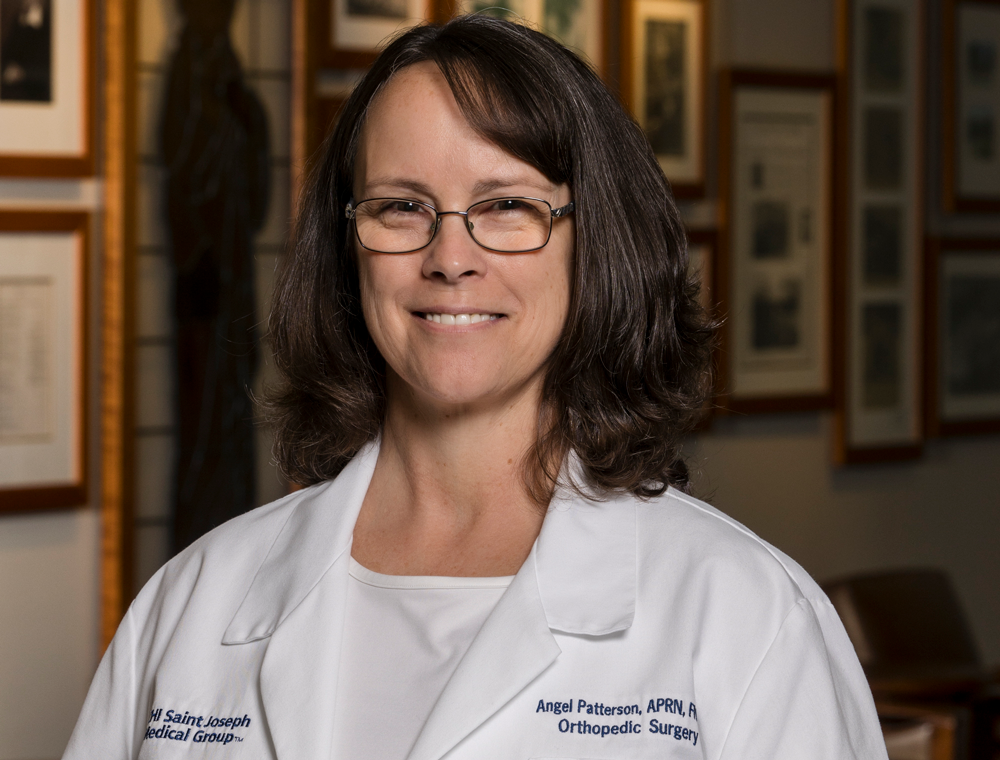Celebrating Our People – Meet Angel
MAR 21, 2025Meet Angel Patterson, APRN with CHI Saint Joseph Medical Group – Orthopedics in London and Corbin.
Read More Additional information about Celebrating Our People – Meet Angel
As a health care provider, one of our main goals is to ensure members of our community receive the best possible medical care. Stroke ranks as the number five cause of death in Kentucky, according to the Centers for Disease Control and Prevention. With the high percentage of people with risk factors for stroke and heart disease in southeastern Kentucky, we are establishing a vascular surgery program at Saint Joseph London.
One of my priorities as a fellowship-trained vascular surgeon is to work with patients to address health issues before they cause severe problems. One such vascular health issue is carotid artery disease, a condition that affects the carotid arteries – the blood vessels found in the neck.
These two arteries both split to form internal and external arteries and provide the main source of oxygen-rich blood to the brain. In order to continuously provide the brain with the blood it needs, these pathways must remain unobstructed. When they become blocked by plaque buildup, it can lead to carotid artery disease, which is one of the primary causes of a transient ischemic attack (TIA) or a stroke.
Most people have no symptoms of carotid artery disease until they either experience a TIA, which is a temporary blockage of blood flow to the brain, and/or a stroke, which is a permanent blockage. While slightly different, both TIAs and strokes have similar symptoms, such as the weakness of an arm or leg on one side of the body, a sudden onset of paralysis, confusion, dizziness, numbness to the face, arm or leg, vision issues, such as loss of vision or blurring, and slurred speech.
Screening for carotid artery disease can identify problems before they reach the point of TIA or stroke. Screening entails a complete medical history looking at risk factors such as smoking, obesity, diabetes, high blood pressure and lack of exercise. That information, combined with tests ranging from a simple test to listening to the carotid artery for how the blood passes through it to a variety of scans, can help us determine whether a patient has carotid artery disease.
While some risk factors – such as family history and advanced age – can’t be controlled, others may be addressed through lifestyle changes, such as quitting smoking, maintaining a healthy weight, exercising more frequently and eating more healthily.
It’s important to know the symptoms of TIAs and stroke and seek immediate medical attention if you or someone you know is experiencing those symptoms.
Talk to your physician if you have risk factors for carotid artery disease. To learn more about the vascular surgery program in the London area, call 606.330.2370.

Sherisa Warren, DO is with CHI Saint Joseph Medical Group – Surgery.

Meet Angel Patterson, APRN with CHI Saint Joseph Medical Group – Orthopedics in London and Corbin.
Read More Additional information about Celebrating Our People – Meet Angel
Three new surgical robots offer exciting new options across CHI Saint Joseph Health.
Read More Additional information about The Future of Surgery Is Here
Chris Clark wears two hats in his work for CHI Saint Joseph Medical Group in Lexington, splitting his time as an APRN at CHI Saint Joseph Medical Group – Primary Care and as an IT trainer in the ministry’s electronic medical records system, Epic.
Read More Additional information about Celebrating Our People – Meet Chris